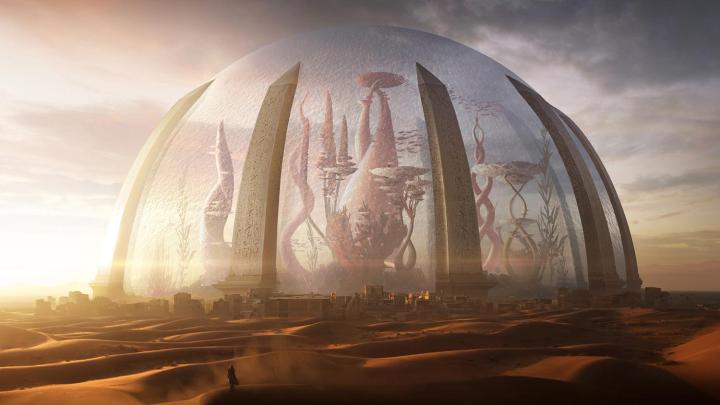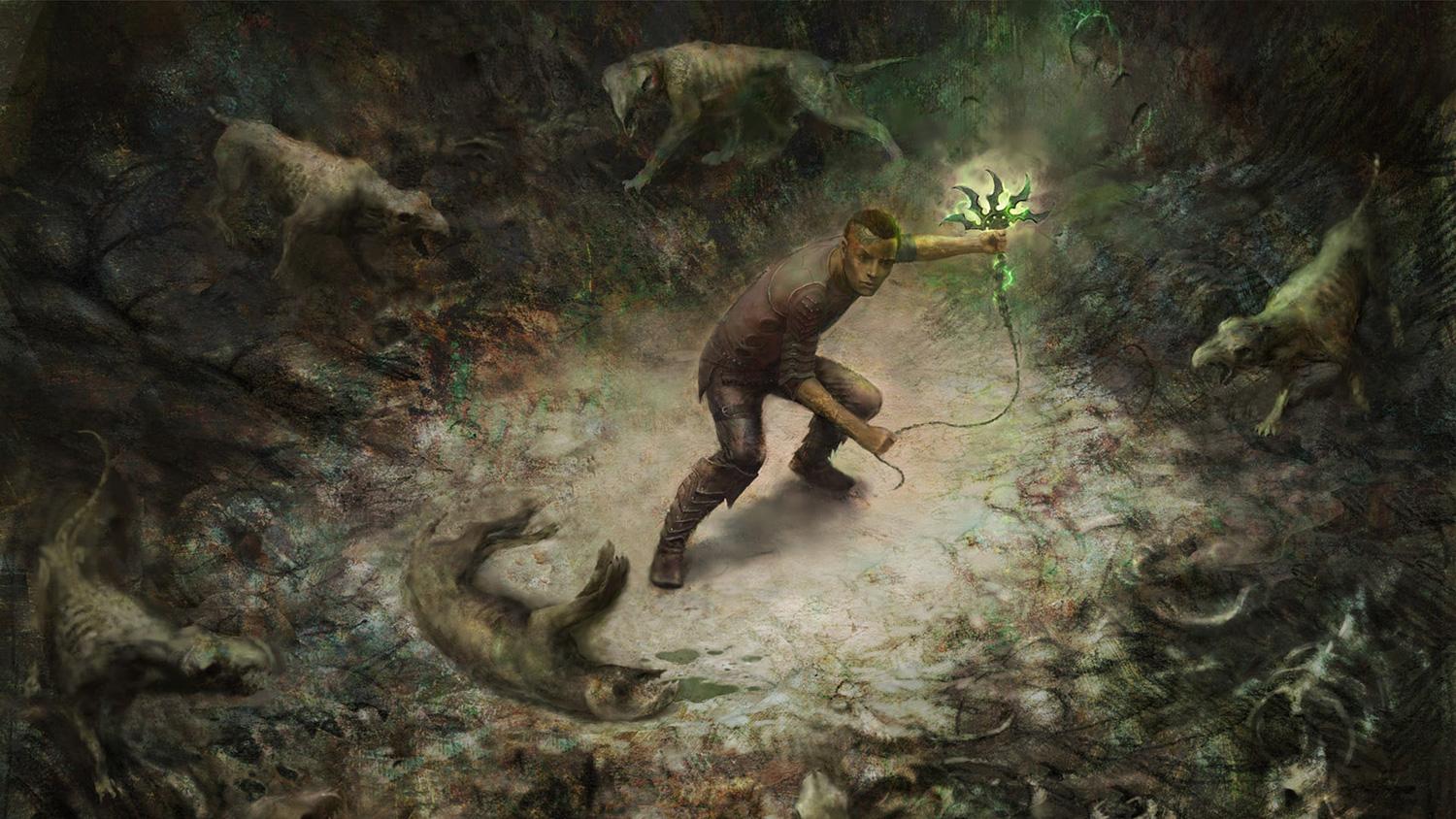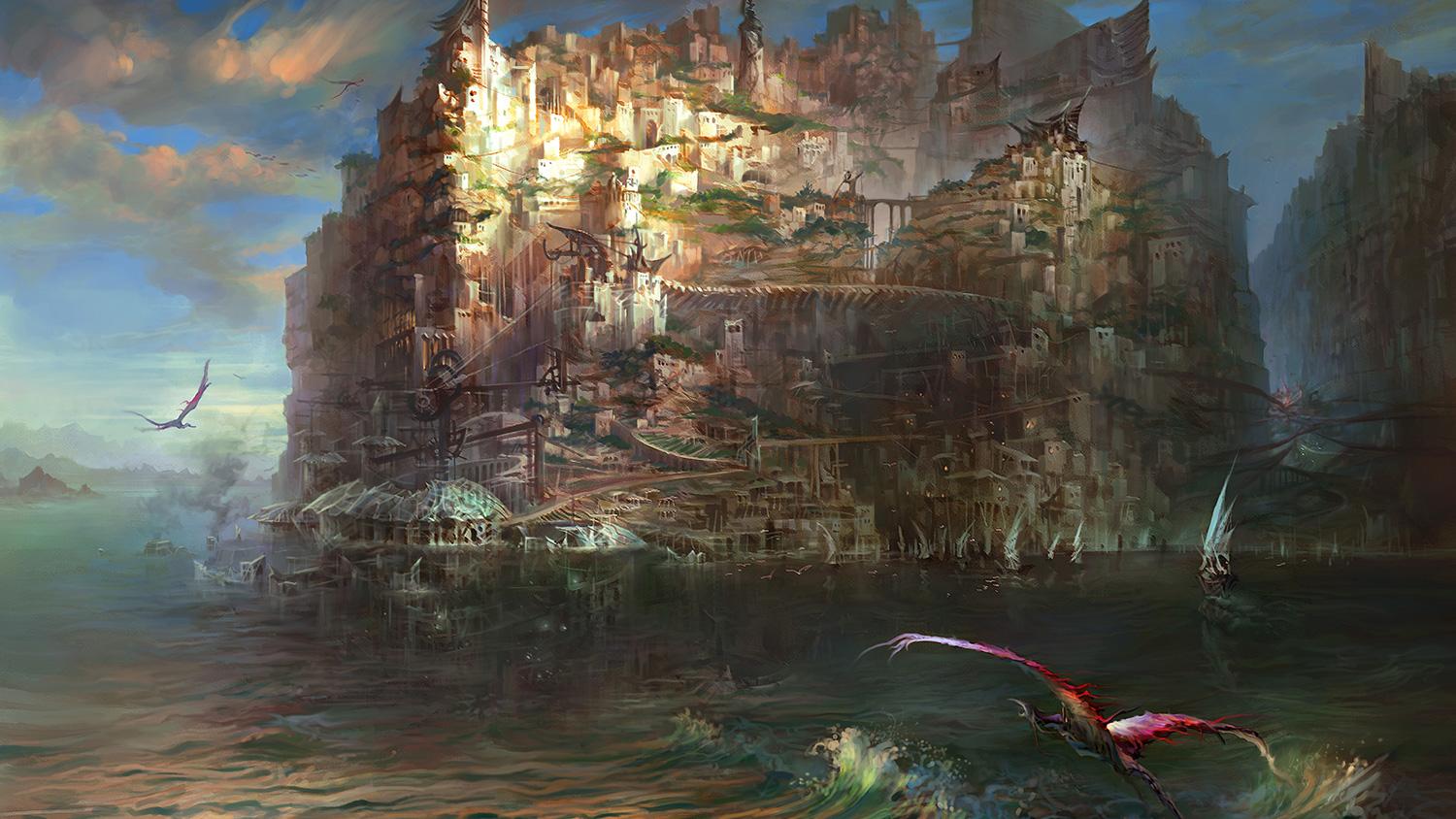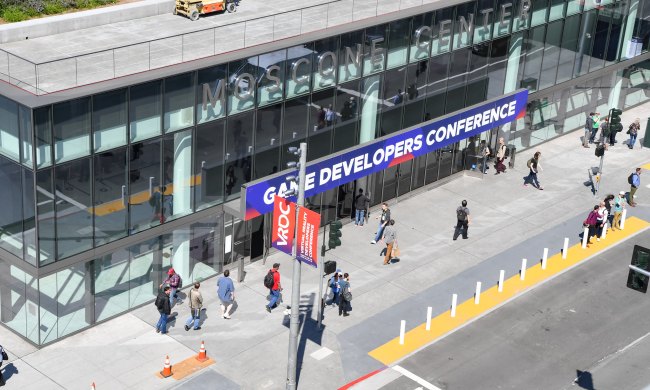
“Development has become a spectator sport.”
That’s InXile Entertainment founder Brian Fargo, referring to the Kickstarter-fueled process that brought the studio’s just-released Wasteland 2 to life. “You have a lot of people [looking over] your shoulder questioning everything. You have this open dialogue of what you’re doing all the time and you have to be very careful and front facing with your communication.
“You also need to be careful with what words you use. I used the word ‘social’ one time and it was like a four-letter word with extra letters. That’s different than what you have in the typical publisher relationship.”
Fargo founded InXile in 2002, not long after another studio he founded – Interplay Entertainment – was acquired. Interplay developed a reputation during the ’90s as one of gaming’s premiere creators of RPGs. It’s the studio that birthed the first Wasteland, as well as Planescape: Torment, another classic that’s found new life on Kickstarter as Torment: Tides of Numenera. For that one, Fargo was able to bring in former Interplay colleague and Planescape creative director Chris Avellone as the writer.
“I used the word ‘social’ one time and it was like a four-letter word with extra letters.”
“Knowing about a feature the community doesn’t want two years before the final product is done sets countless man hours free,” he says. “My first experience with this was working on the vision document for Wasteland 2, and I was pretty scared. But the public received it well, received it great, in fact, and being able to share a vision doc with the public is something almost unheard of in the traditional game development models I’ve been part of in the past.”
Fargo and Avellone reunited in 2012 and it was like nothing had changed. The duo that once collaborated on games like the original Fallout set to work on creating RPGs that would have been at home at the Interplay of old. Importantly, the reunion was fueled by a loud plea from the gamers of the world for a return to those classic favorites.
In March 2012, a crowdfunding campaign for Wasteland 2 raised more than $3 million dollars, a figure that allowed Obsidian Entertainment – Avellone’s employer — to join InXile as a co-developer. Meanwhile, InXile also began a crowdfunding effort for Torment: Tides of Numenara, a sequel to Avellone’s signature game Planescape that he in turn joined as a writer after it raised more than $4 million.
The process by which these two games have been built is dramatically different than it was in 1988 when Wasteland was released and even 1999 when Planescape arrived. Studios may still be making RPGs in the style of Interplay Entertainment’s formative work, but they’re not doing it the same way. Crowdfunding and the expectations it creates for players that buy in is a big part of that.
“The audience is very focused on making sure you stay focused,” Fargo says. “I was playing a Facebook game once and it posted on my newsfeed what I had done. Somebody immediately commented, ‘Get back to work!’ It’s a lot better than it used to be, like in the days of Fallout where we operated with just a small QA team. You’d just throw it out there and keep your fingers crossed.”
“Development has become a spectator sport.”
“Money and time buy you manpower,” Avellone explains, referencing the unexpected outpouring of funds that dramatically changed the scope of both Torment and Wasteland 2. “And special systems, skills, and extra cool areas and sequences requires you have a developer able to implement it. One can always make do with less [but] we had the fortune of being able to draw upon the knowledge at Black Isle and Interplay and current RPGs to estimate pipelines for our titles.”
Even with that experience, InXile and Obsidian both missed the mark in predicting how long it would take to make each game. The official Kickstarter page for Wasteland 2 initially targeted 12 months to completion and release. Torment was pegged for development and finalization within 14 months. Free of obligations like publisher-set milestones and retail placement, Avellone and Fargo figured they could make old-fashioned games their own way, quickly and efficiently. Easier said than done.

Two years after those crowdfunding efforts, Wasteland 2 arrived on September 19, 2014. Torment, meanwhile, was bumped to a 2015 release date before 2012 was even over. So what happened?
Torment and Wasteland 2 both changed on a design level once they went into production. The realities of game development in 2014 compared to what it was like in ’80s and ’90s – even without publisher interference – required it.
“Wasteland 2 didn’t just change in width, it changed in depth,” says Fargo. “On the tangible side, you think about sandbox games like Grand Theft Auto. A lot of sandbox games are built around the physics engine and how the world reacts to what you do. Ours is a narrative game but we want the sandbox atmosphere.
“The most radical part of the development process is the way we look outside the company to solve technical issues.”
Making the game that way means, in part, that InXile needs a lot more writing and more writers than the average game for Wasteland 2 and Torment: Tides of Numenera. Avellone says that this process alone is a marked change.
“The idea of starting from a narrative experience and working backward was kind of eye-opening,” he explains. “And I think brought some unique qualities in characterization, ambiance, and just sheer fun ‘moments’ for the player that I don’t know would have popped as much to the forefront on previous AAA titles I’ve worked on.”
Modern development tools also dramatically impact on how Wasteland 2 and Torment have taken shape. Obsidian was brought onto Wasteland 2 in part so InXile could use the studio’s dialogue system and other processes.
“Having a dialogue editor has been a big change for me as a designer,” explains Avellone. For him, it’s the difference between finding a technical designer to code script changes, as it was in the old days of Planescape: Torment, and making those changes himself. “You can fix bugs yourself without needing to go to a middleman.”
Voice work is another example of how different RPG development has become, and it speaks to Fargo’s point about it being a spectator sport. InXile isn’t just relying on crowdsourced funding for Wasteland 2‘s development. The game’s voices are pulled from the Internet population as well, giving backers an opportunity to actually be a part of the experience they helped to fund.
“A lot of the excitement comes from people being denied this kind of game.”
“The most radical part of the development process is the way we look outside the company to solve technical issues, get tools, and [create] assets that go in the game,” Fargo continues. “In the past you would try to do everything internally, every prop and every nuance; now we can go out for that. You don’t need to invent the camera when you make a movie. It’s already there for you.”
This explains why both games are made in the Unity engine rather than with a custom software foundation like the one built for the original Fallout. “I chose Unity in part for the Unity Assets store itself,” Fargo says. Picture the iTunes App Store, except replace Angry Birds with anything from first-person control templates to stock, customizable art assets.
“Even though we got $3 million for Wasteland 2, which was actually less than that after you take out fees, etc, it’s not really a big budget. I had to get clever. If I need a gas station, I don’t need to spend two weeks building that. I can buy one for $30 in the Unity store and then have my artist go in and change it to make it look unique.”

On the macro level, all of this talk once again speaks directly to Fargo’s initial point: Development – this crowdfunded approach to it, at any rate – has turned into a spectator sport. How often have you heard developers speak directly to budget concerns, to cleverly cut corners, in the past? It doesn’t happen. Accountability comes at the cash register for major publishers, but it happens much earlier when the consumer dollars fund work on the project as it happens.
“I had a strong vision for what I wanted Wasteland 2 to be,” says Fargo of his new baby. “In developing the game … the single biggest change has been on the scope and scale of what we’re doing now versus what it would have been with a smaller budget.
“It’s been a lot of years. A lot of the excitement comes from people being denied this kind of game. Here we’ve been given this great opportunity, we’ve been given trust from the RPG groups, and that pressure to deliver something really big that can stand up to what’s been done before has pushed me to make the game bigger than it would have been.”







